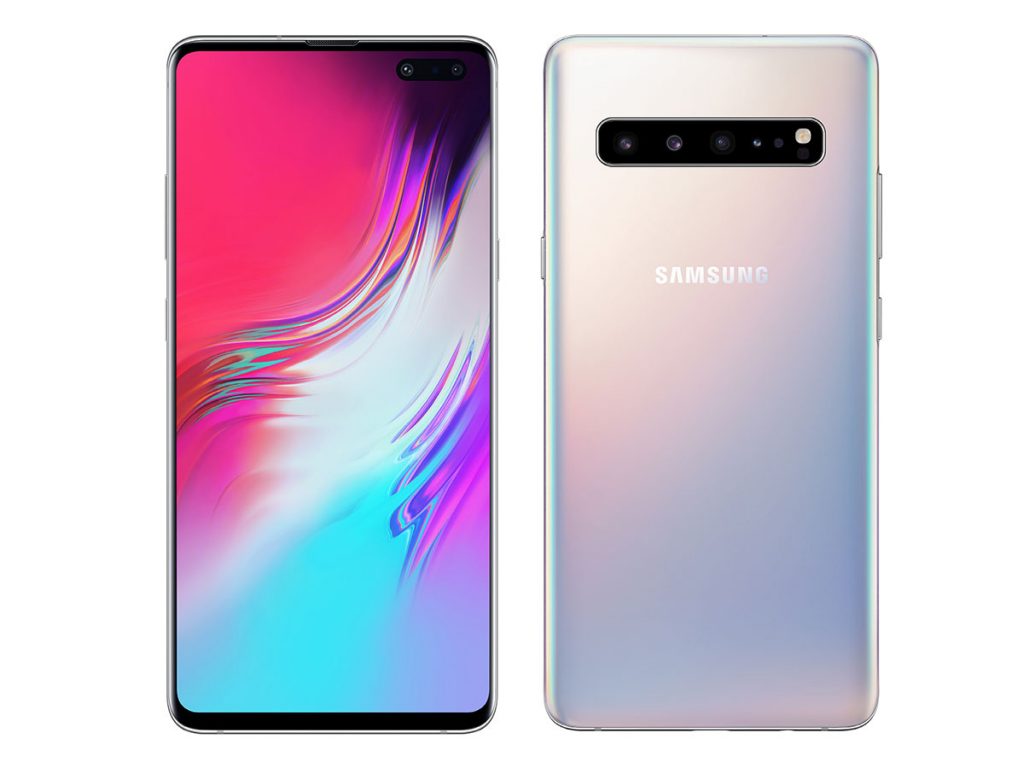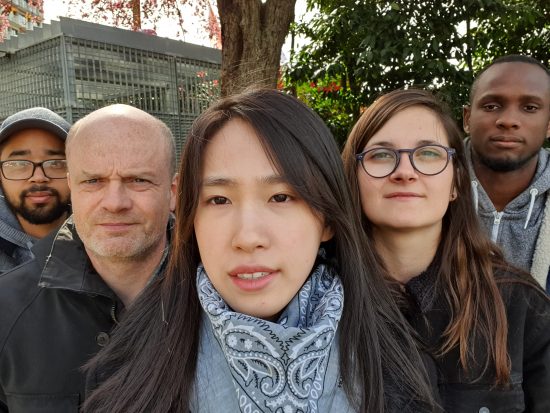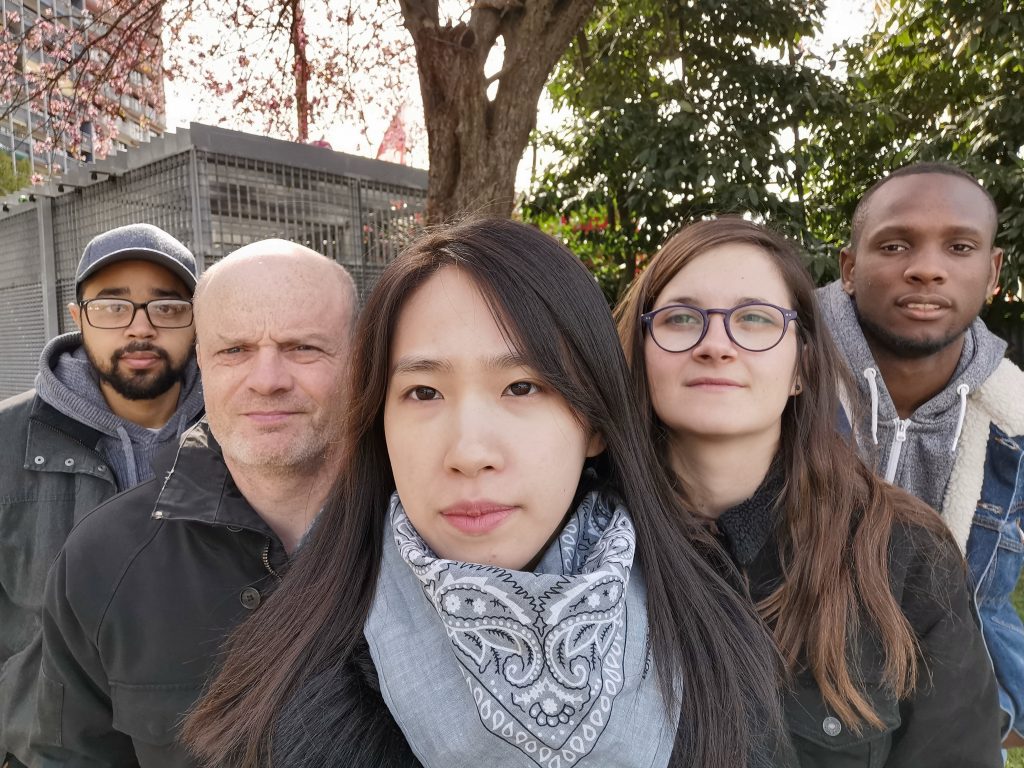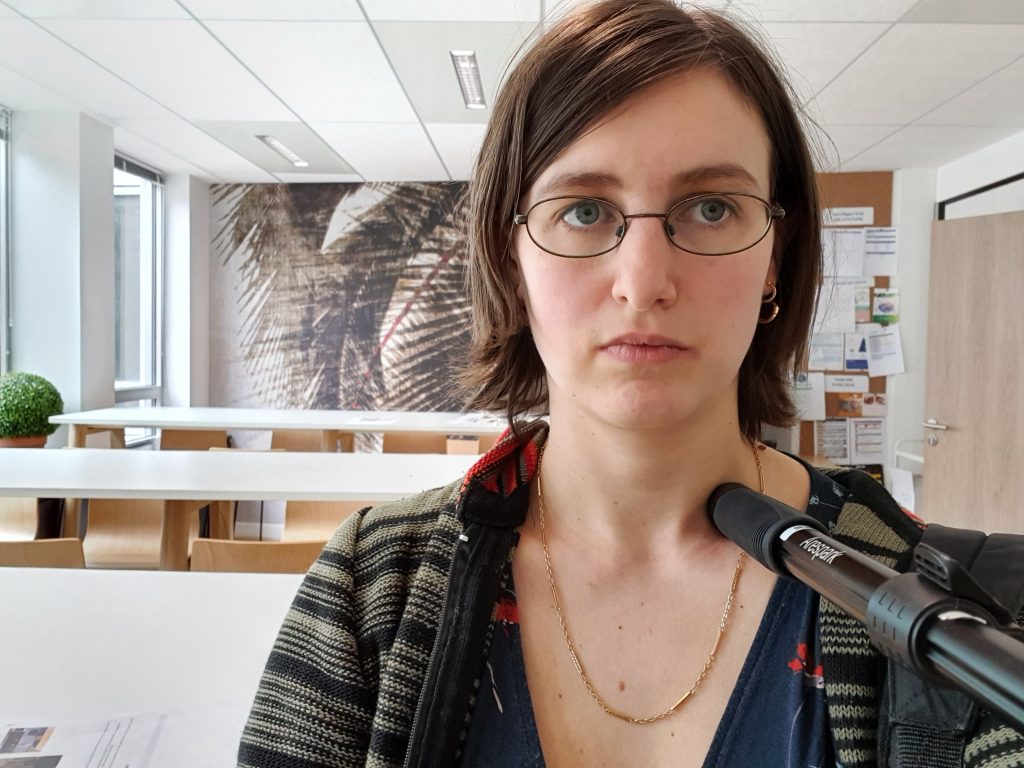The Galaxy S10 5G is the top-of-the-line model in Samsung’s high-end Galaxy S10 series, offering premium specifications all around. On paper, the 5G’s camera hardware specs are identical to those of the standard Galaxy S10 — a 10Mp image sensor behind a lens with a 25mm-equivalent focal length and a fast f/1.9 aperture. While many competitors still rely on fixed-focus lenses in the front camera, the Galaxy S10 5G comes with a dual-pixel autofocus system, allowing for more flexibility in terms of subject distance.
Key front camera specifications:
- Single front camera
- 1/3-inch 10Mp sensor with 1.22µm pixels
- 25mm-equivalent focal length
- F/1.9 aperture
- Dual-pixel AF
Please note: The camera firmware used for the DxOMark tests is not yet currently available to consumers. It will be made available by Samsung as an over-the-air update before the end of the month.
About DxOMark Selfie tests: For scoring and analysis in our smartphone front camera reviews, DxOMark engineers capture and evaluate over 1500 test images and more than 2 hours of video both in controlled lab environments and in natural indoor and outdoor scenes, using the camera’s default settings. This article is designed to highlight the most important results of our testing. For more information about the DxOMark Selfie test protocol, click here.
Test summary


With a score of 97 points, the Samsung Galaxy S10 5G is the new number one in our DxOMark Selfie smartphone front camera ranking. The results are very close to the Galaxy S10+ overall, but small improvements in several test categories, particularly for video, have helped the 5G edge out its cousin by one point.
That said, the results for still image photography are pretty much identical, with only fairly minor differences in bokeh mode and flash capture. The 5G’s Photo score of 101 is on the same high level as for the S10+, thanks to very repeatable exposure and white balance, as well as accurate target exposure on faces. In addition, color rendering is good for all types of skin tones. These image characteristics are all visible in the indoor group shot below, which shows noticeably better face target exposure than the Google Pixel 3 comparison shot.
Like many front cameras, the S10 5G struggles a little in high-contrast situations. Dynamic range is slightly limited, which can result in some noticeable highlight clipping, particularly with bright backgrounds or in harsh lighting conditions. That said, the 5G is better than the Pixel 3 in this respect, and on a similar level as the Huawei P30 Pro.
The dual-pixel autofocus system is a real advantage over fixed-focus systems and ensures good sharpness on the main subject from a wide range of shooting distances. The focus is also repeatable, ensuring consistent results across a series of images. In group shots, the S10 5G usually achieves very good focus on the closest subject. Depth of field is a little more shallow than on the Google Pixel 3 and S10+, however, resulting in a touch of softness on subjects further back. However, sharpness is still acceptable in the cropped area of our sample shot, and noticeably better than on the Huawei P30 Pro.
In terms of texture and noise, the Galaxy S10 5G offers a very well-balanced approach and is beaten only by the Google Pixel 3. In bright light conditions, the camera captures good detail but is not quite on the same level as the Google device. Noise on the skin is very well under control and is only very slightly noticeable in background areas.
When shooting under typical indoor lighting conditions, the S10 5G front camera is capable of capturing fairly good levels of detail, but again slightly lags behind the best in class, such as the Google Pixel 3. A loss of detail can also be observed in the background, but on the plus side, noise levels are well under control. Targeting on the face is good, too, and white balance is accurate, resulting in an overall pleasant color rendering.
In very low light conditions, such as in our 10 lux studio scene below, a loss of detail becomes very evident. The same is true for the Pixel 3, but like in brighter light, the Google device is a little better at rendering fine textures in dim conditions.
The S10 5G relies on its single front camera for generating a bokeh effect that simulates the shallow depth of field of a DSLR + fast lens. It does a decent job, but some segmentation artifacts are usually visible around the subject. In this category, the 5G is not quite as good as the Galaxy S10+, which comes with an additional depth sensor for bokeh simulation. This also means that the 5G camera blurs everything in the scene that it does not identify as part of the subject — even elements that are in the same focus plane. There is also no blur gradient, with the same blur strength in all blurred image areas. On the plus side, spotlights are rendered slightly better (bigger) in low light.
Flash is another areas in which the 5G’s test results differ slightly from the S10+, with improvements to both vignetting and autofocus reliability. Like on the S10+, flash images show good target exposure and decent detail.
Compared to the S10+, the 5G’s Video score has improved by two points for an excellent Video sub-score of 90 points. Samsung imaging engineers have been able to improve video performance in a range of areas on this newest model: focus is more stable in indoor lighting conditions; they have reduced instabilities color and exposure; the moving texture artifacts we saw on the S10+ are also less noticeable; and stabilization shows slight improvements for footage recorded while walking.
Overall, the Samsung’s video output shares many characteristics with its still images. Target exposure is accurate on faces and skin tones are rendered nicely in most light conditions. Detail is good in bright light and indoor conditions, but suffers slightly in low light. Noise levels are well under control. On the downside, a lack of dynamic range can result in highlight clipping. Our testers also observed occasional refocusing for no obvious reason and some residual motion when holding the camera still while recording.
Conclusion
Thanks to small improvements in several test categories, particularly for video, the Samsung Galaxy S10 5G has taken over the number one spot in our DxOMark Selfie ranking from its cousin, the Galaxy S10+. Most consumers considering a purchase of the S10 5G will be mainly interested in the device’s connectivity features, but selfie shooters will be very happy with Samsung’s latest top-end phone as well, thanks to a very well-balanced approach to texture rendition and noise reduction, as well as to an efficient autofocus system that ensures good subject sharpness across a wide range of shooting distances. Moreover, target exposure and color rendering leave little to complain about, all of which adds up to making the S10 5G our best-performing front camera to date.
Photo pros
- Accurate target exposure on faces.
- Good sharpness and repeatable autofocus for all subject distances and light conditions.
- Well-controlled noise, even in low light.
- Repeatable exposure and white balance.
- Good detail in bright light and indoors.
- Flash images show good exposure and color rendering, acceptable noise levels.
Video pros
- Pleasant skin tones and color rendering in most light conditions.
- Accurate target exposure on faces.
- Well-controlled noise levels.
- Good detail in bright light and indoors.
Photo cons
- Slightly limited dynamic range leads to highlight clipping on faces.
- Occasional greenish white balance cast.
- Depth estimation artifacts in bokeh mode; no blur gradient.
- Loss of fine detail, particularly in low light.
- Slightly limited focus range can lead to out-of-focus faces in group selfies.
Video cons
- Occasionally unstable target exposure.
- Slightly limited dynamic range.
- Occasional unnecessary refocusing.
- Some residual high-frequency motion when holding the camera still while recording.
















DXOMARK encourages its readers to share comments on the articles. To read or post comments, Disqus cookies are required. Change your Cookies Preferences and read more about our Comment Policy.